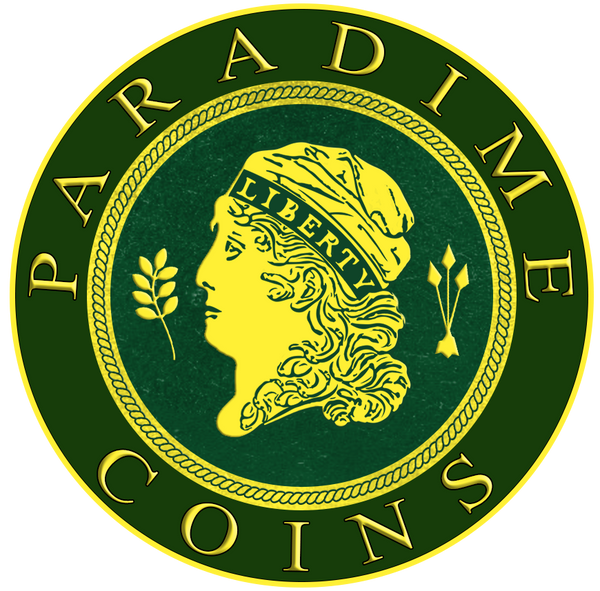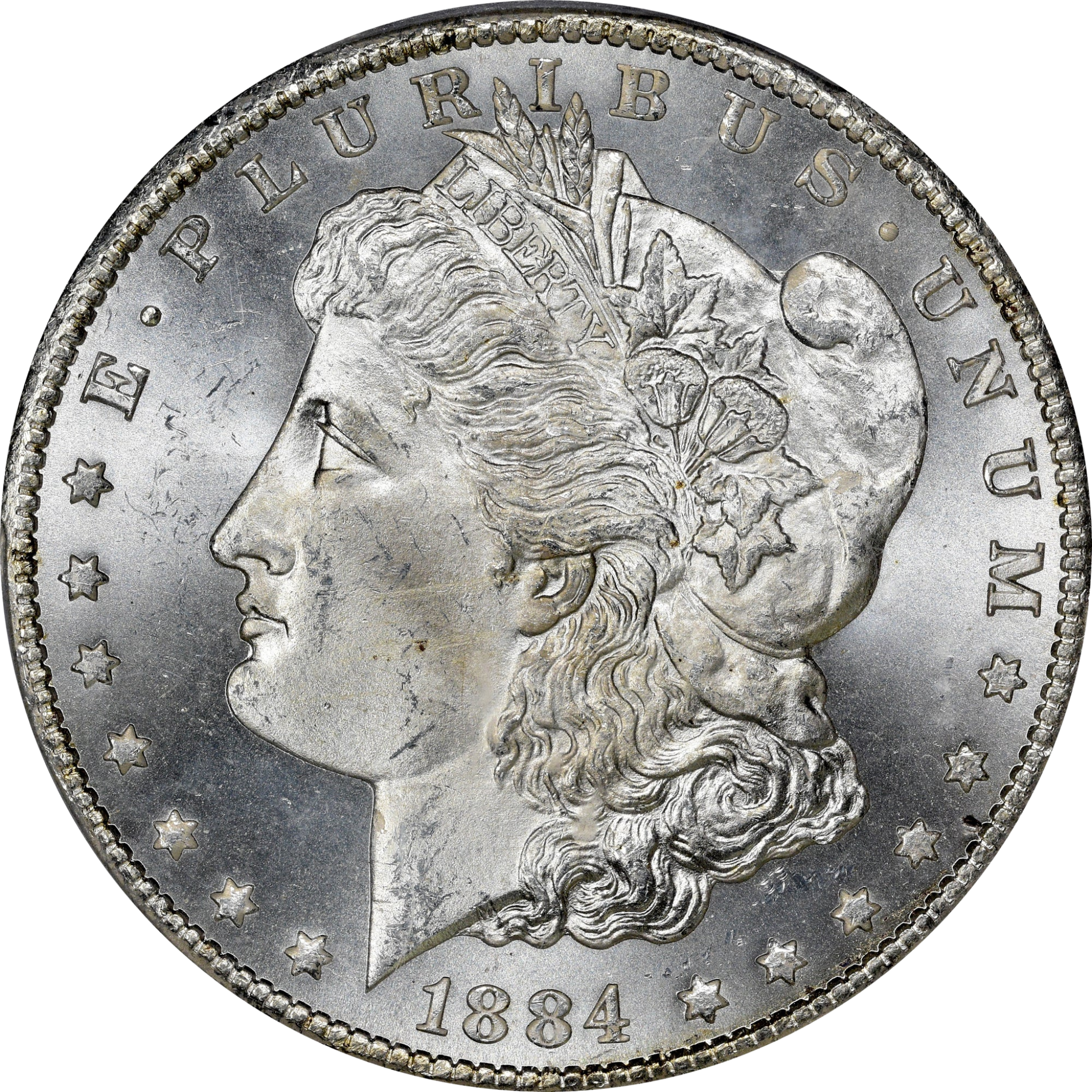Collection: Braided Hair Half Cent (1840 - 1857)
No products found
View All Inventory
Designed by: Christian Gobrecht
Issue Dates: 1840-1857
Composition: Copper
Diameter: 23 mm
Weight: 5.44 grams (84 grains)
Edge: Plain
Business Strike Mintage: 544,510
Proof Mintage: Fewer than 1,500, combined originals and restrikes
1840–1857 Braided Hair Half Cent | Last U.S. Half Cent Design | Liberty Head Series
The ... Read More
Designed by: Christian Gobrecht
Issue Dates: 1840-1857
Composition: Copper
Diameter: 23 mm
Weight: 5.44 grams (84 grains)
Edge: Plain
Business Strike Mintage: 544,510
Proof Mintage: Fewer than 1,500, combined originals and restrikes
1840–1857 Braided Hair Half Cent | Last U.S. Half Cent Design | Liberty Head Series
The Braided Hair Half Cent represents the final chapter in the history of America's smallest denomination. First introduced in 1840, this design features the elegant Braided Hair Liberty Head obverse, styled by Chief Engraver Christian Gobrecht, a motif that also appeared on large cents of the same era. Despite its introduction in 1840, the half cent denomination was largely dormant for nearly a decade, as the Treasury held significant quantities of earlier-dated half cents that satisfied circulation needs.
Between 1840 and 1848, only Proof examples were struck for collectors—no business strikes were produced for commerce during these years. These early Proof issues are exceptionally rare, with some varieties known by only a dozen or fewer surviving examples.
Design Details: Braided Hair Liberty Head (1840–1857)
-
Obverse: Liberty facing left, with braided hair secured by beaded cords, wearing a coronet inscribed LIBERTY. Encircling the portrait are 13 stars representing the original colonies, with the date below.
-
Reverse: A continuous agricultural wreath of laurel and other crops, tied with a ribbon, encircling the denomination HALF CENT. The legend UNITED STATES OF AMERICA surrounds the border.
Mintages and Key Varieties
-
1840–1848: Proof-only issues, with multiple collectible varieties including Originals (Large Berries), First Restrikes (Small Berries, Recut Lettering), and Second Restrikes (Small Berries, Parallel Die Striations).
-
1849–1857: Business strikes resumed, with Philadelphia as the sole producing mint. Notable varieties include the 1849 Large Date and Small Date versions.
Some of the most interesting varieties include:
-
1851/1 Repunched Date: Visible traces of an earlier numeral 1 to the right of the final 1.
-
1852 Proof-Only Issue: Divided between Large Berries and Small Berries varieties.
Availability & Grades
Because half cents were not widely circulated during the Braided Hair era, many survivors exist today in higher grades:
-
Fine to Extremely Fine: Common across most dates.
-
About Uncirculated (AU): Encountered with some frequency.
-
Uncirculated (Mint State): Scarcer, particularly with original mint red surfaces.
-
Superb Gem Uncirculated: Rare across all dates. Many Mint State examples exhibit "flyspecks" (small carbon spots), especially those from well-known hoards such as the Charles French Troy, New York cache.
Historical Context & Collectibility
The Braided Hair Half Cent series concluded in 1857, marking the end of the denomination entirely. These coins represent not just the final half cents struck by the U.S. Mint, but also one of the most distinctive and collectible copper types in American numismatics. Collectors often seek these pieces either as a type coin for an early U.S. copper set or as part of a specialized collection of half cents by variety.
The Braided Hair half cent remains a cornerstone of 19th-century copper coinage, prized for its elegant design and connection to America’s economic history during the antebellum period.
... Read Less








